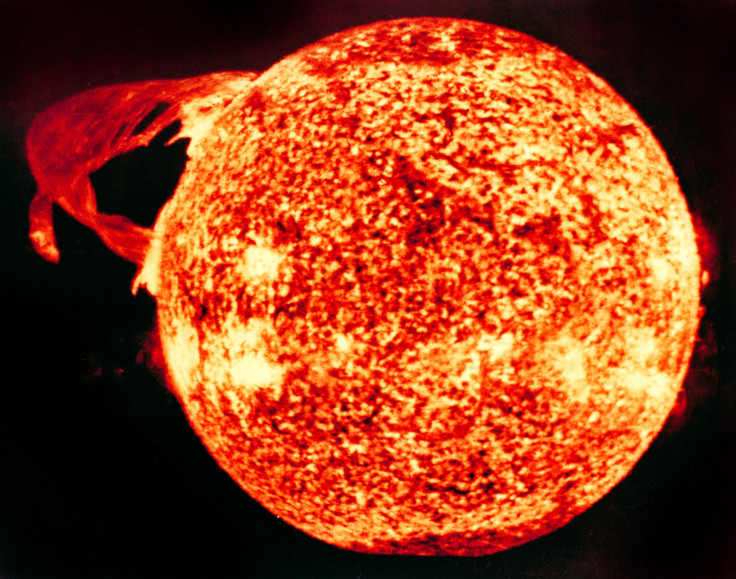Massive 'Superflare' Spotted On Star Just 16 Light Years Away

KEY POINTS
- Scientists detected a massive 'superflare' in a star just 16 light years away
- The red dwarf's superflare was 20 times larger than the flares of the Sun
- More information on superflares could one day help predict the event
Researchers from Japan detected a massive "superflare" from a nearby star. Since such events are rare, it is vital to gather information on them when they happen.
Astronomers from Kyoto University discovered 12 solar flares from a nearby M-type red dwarf star, AD Leonis, one of which was so massive that it was 20 times larger than the flares that the Sun emits. Although solar flares are rather normal for stars, including the Sun, such "superflares" are rare and, could significantly affect the Earth if such an event happened to the Sun.
According to the researchers, AD Leonis, which is just 16 light years away, has a lower temperature than the Sun, so it really has a high incidence of flares. However, it is still surprising to observe such a massive superflare, especially during their first night of observation using the new Seimei Telescope.
The researchers also found "intriguing" data about the flares. The light from the excited hydrogen atoms in the superflare was about an order of magnitude higher than those of typical solar flares of the Sun, something that was observed for the first time, they noted.
Further, they also observed flares wherein the light from the excited hydrogen atoms increased but, did not correspond to an increase in brightness in the rest of the visible spectrum.
"This was new for us as well, because typical flare studies have observed the continuum of the light spectrum -- the broad range of wavelengths -- rather than energy coming from specific atoms," study first author Kosuke Namekata said in a news release from Kyoto University.
Having data on superflares is important, especially since they're quite rare. Further, since such massive events have been determined to be possible on our own Sun, it is vital to gather information on how they would affect nearby planets.
"More information on these fundamental stellar phenomena will help us predict superflares, and possibly mitigate magnetic storm damage here on earth," study lead Kazunari Shibata said. "We may even be able to begin understanding how these emissions can affect the existence -- or emergence -- of life on other planets."
For instance, if M-type stars are deemed to be prone to such massive superflares, it would be unlikely for life to exist on nearby planets because the radiation levels would be too high.
The study is published in the Publications of the Astronomical Society of Japan.
© Copyright IBTimes 2025. All rights reserved.






















